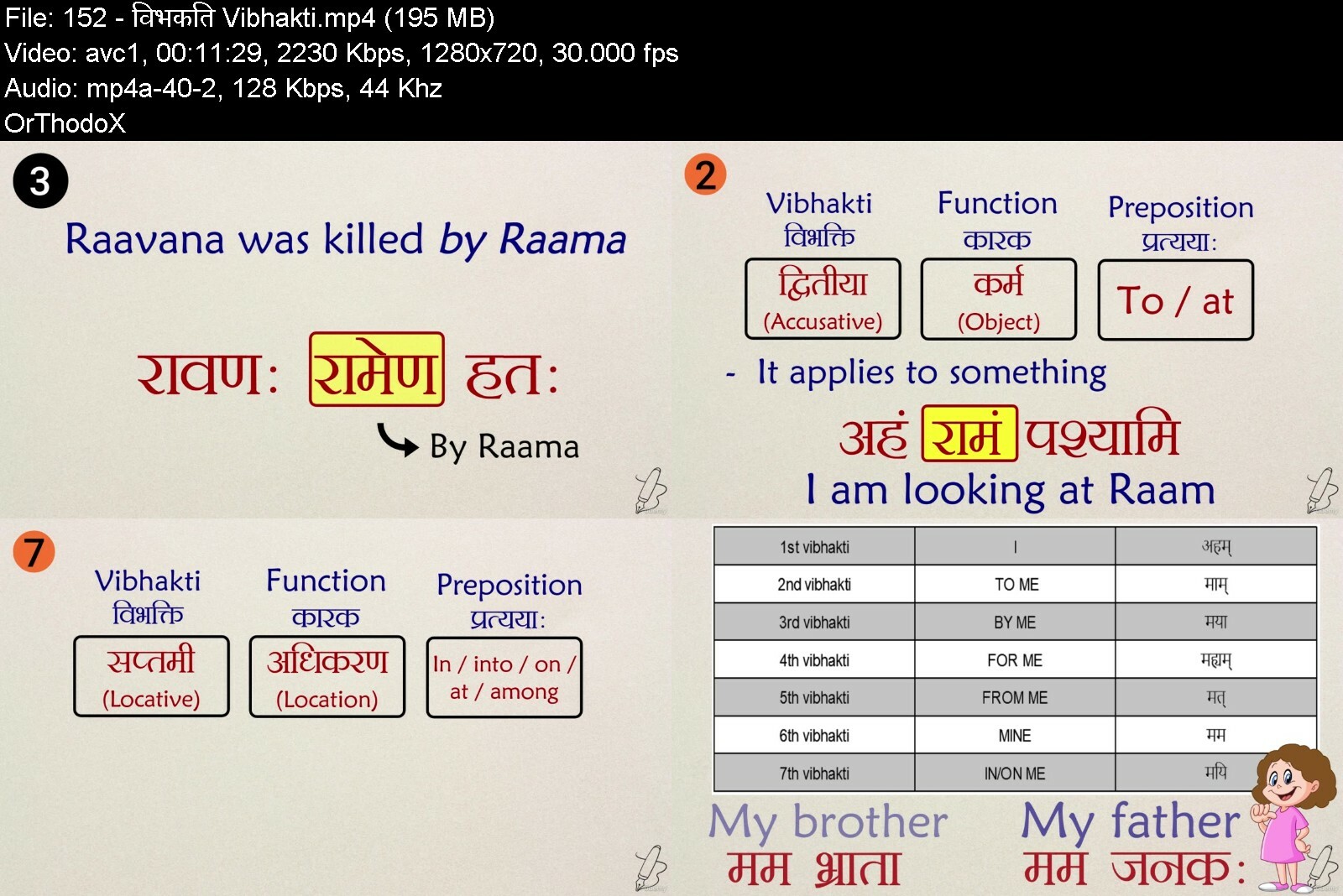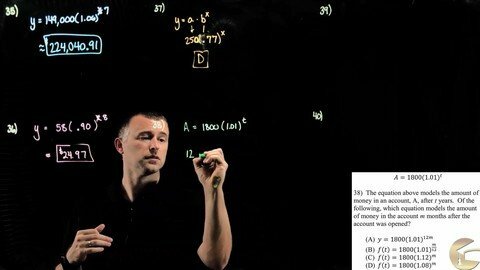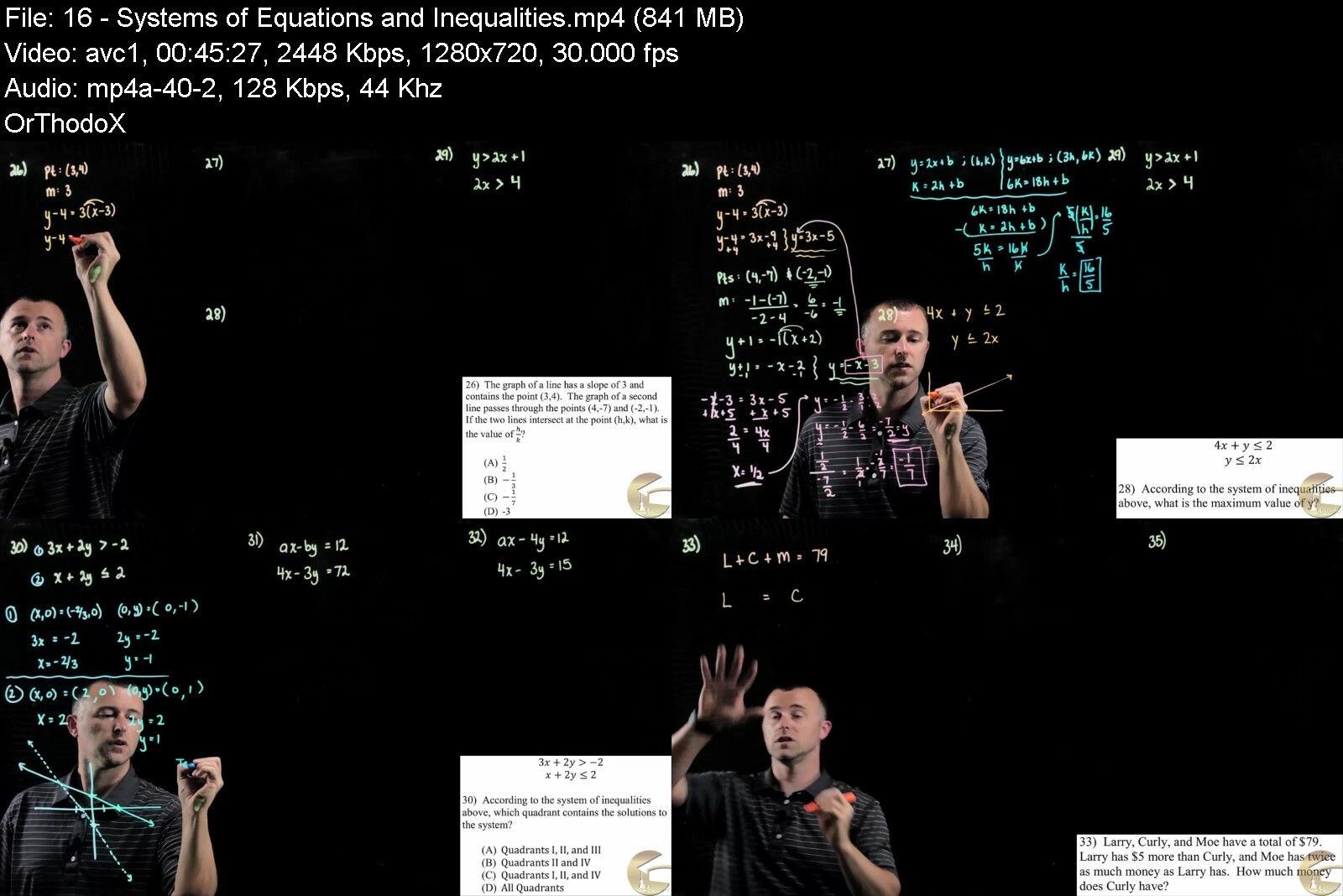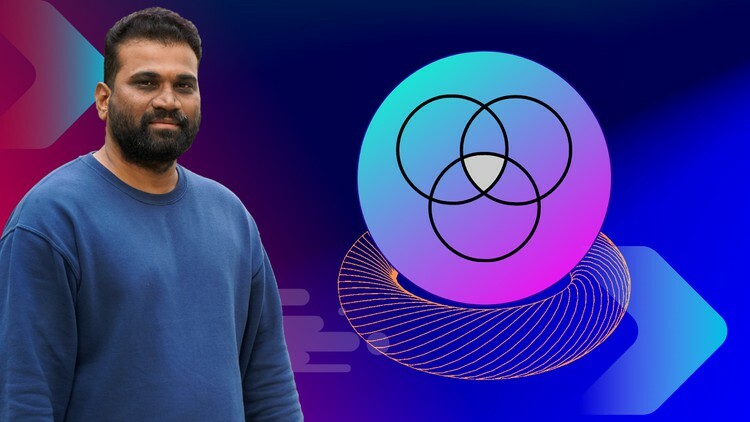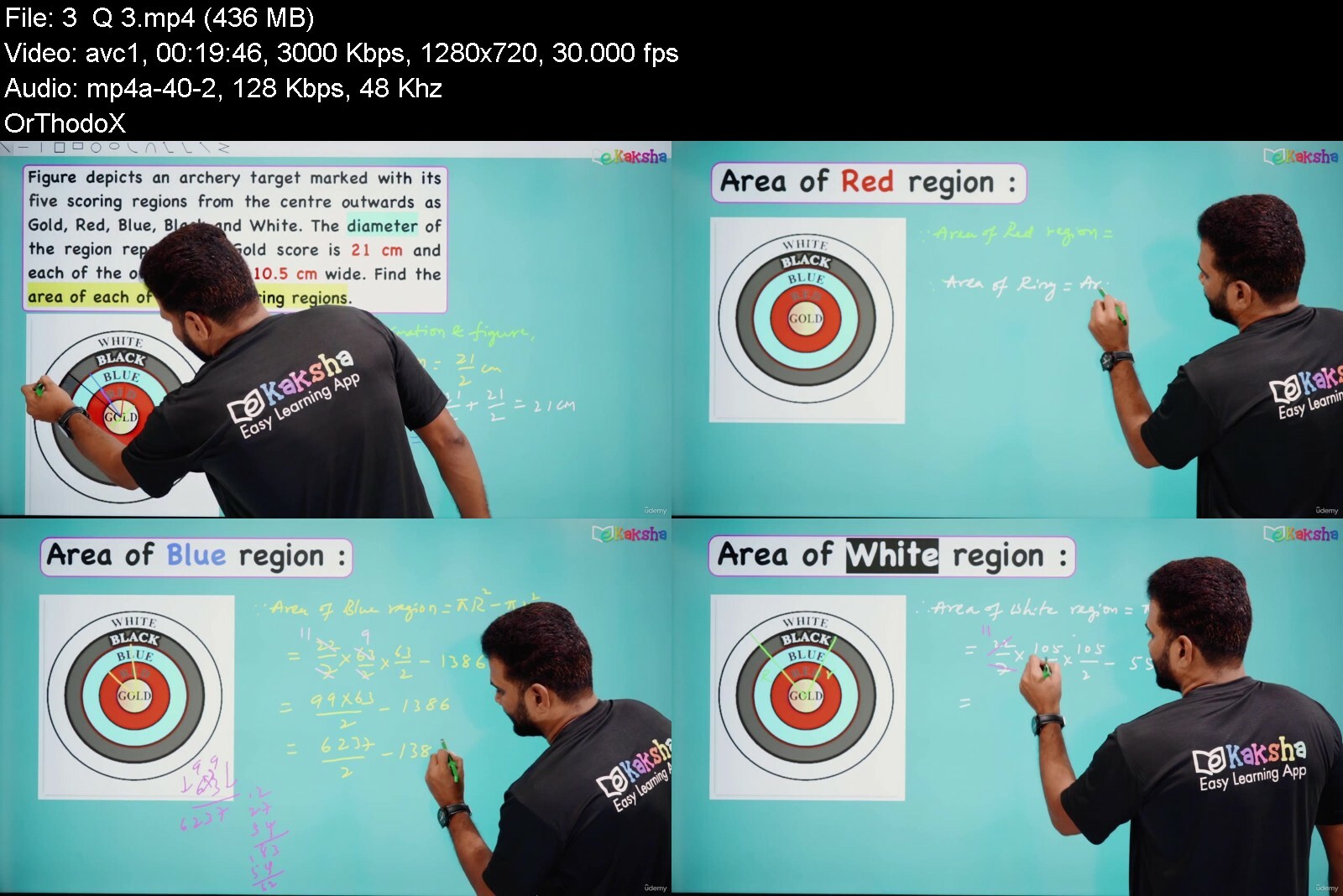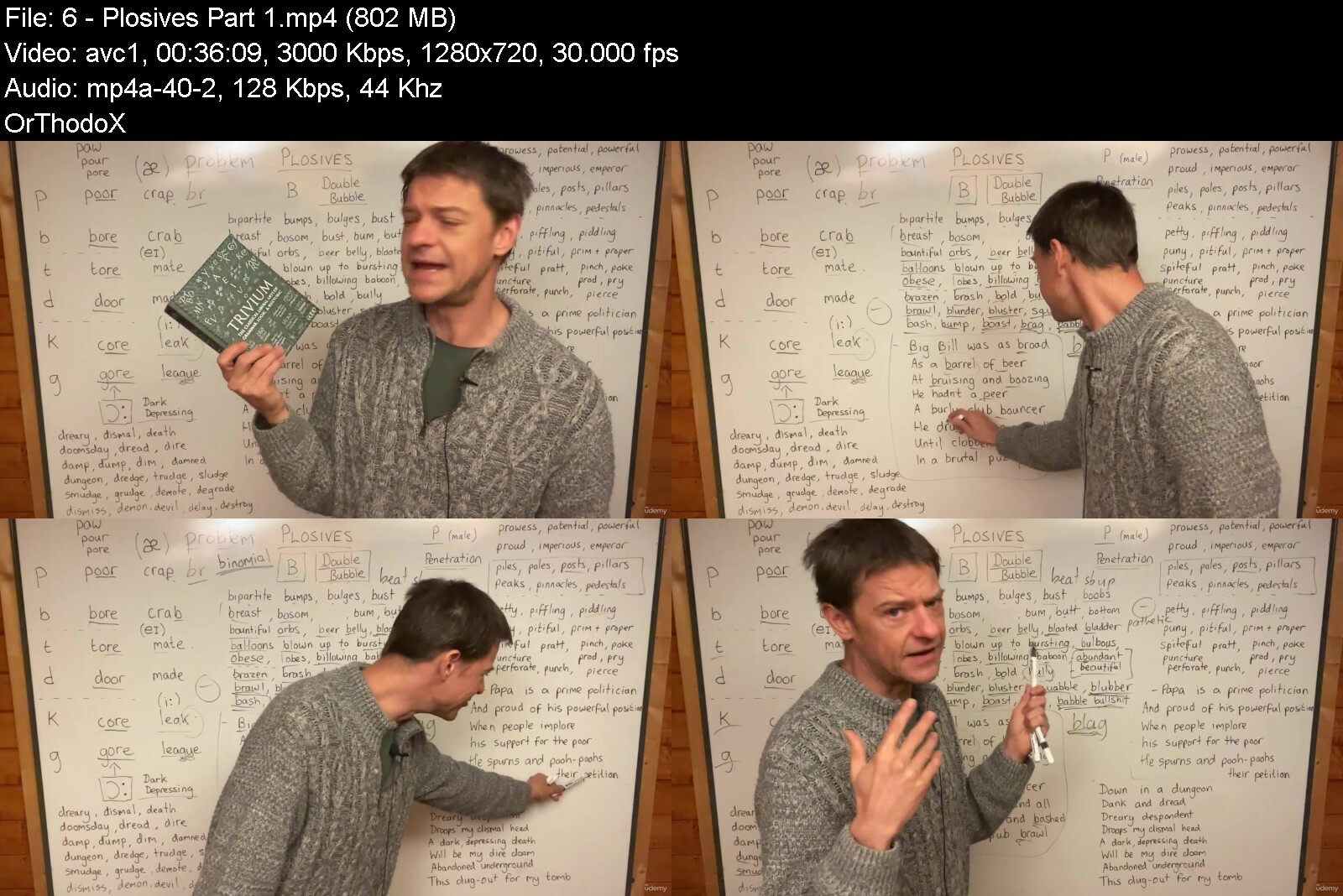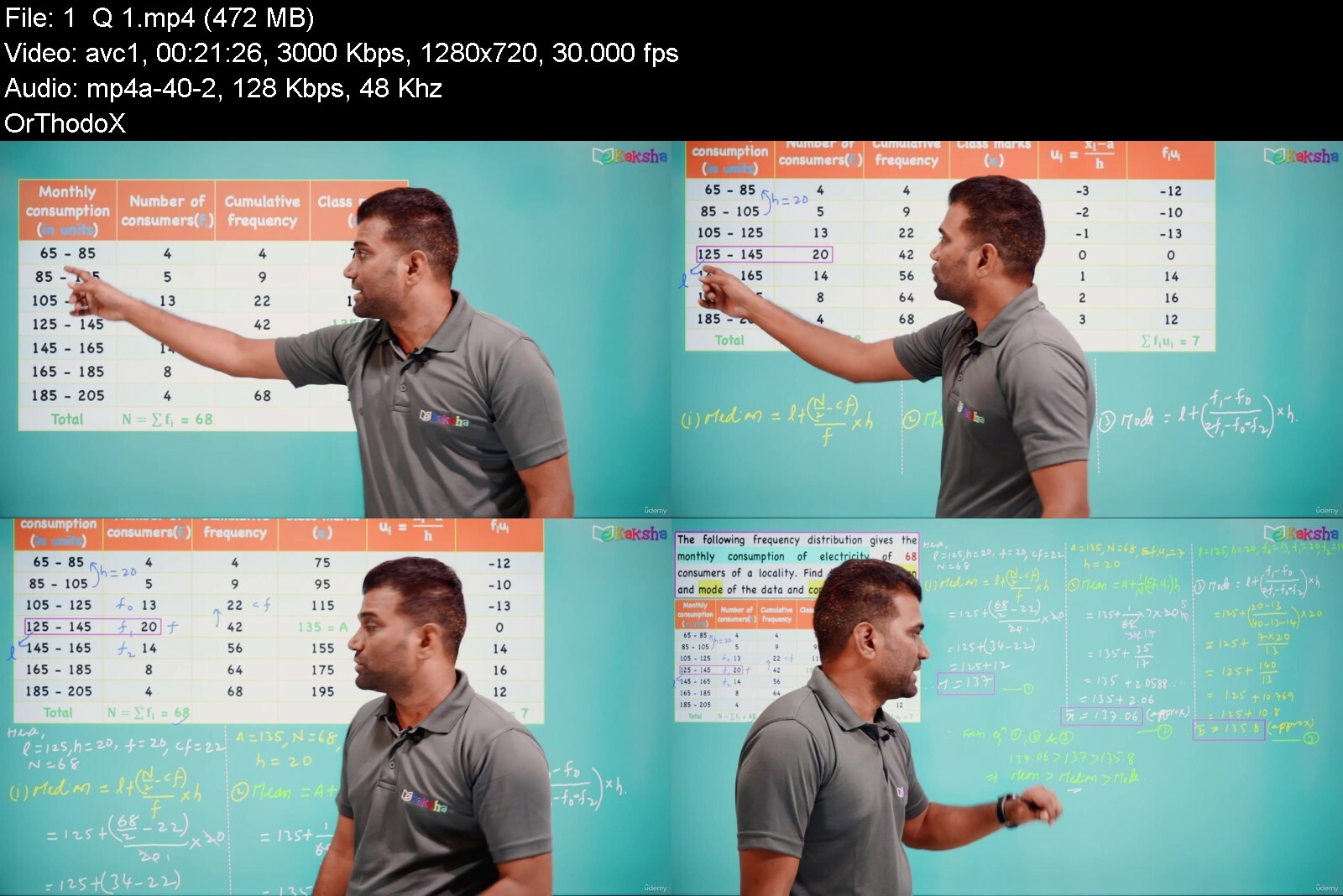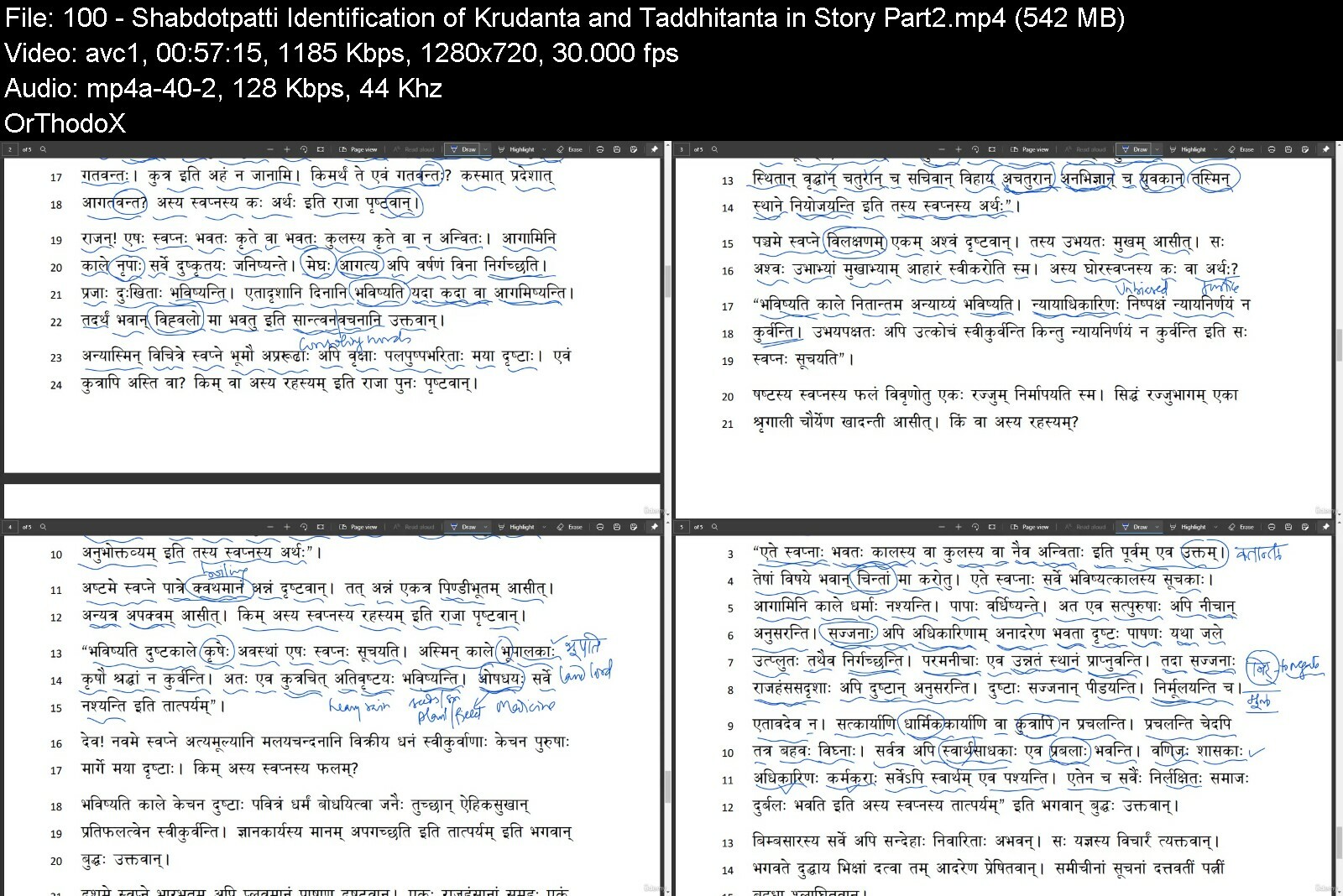
TTC - Learning Spanish: How to Understand and Speak a New Language
MP4 | Video: h264, 1280x720 | Audio: AAC, 44.1 KHz, 2 Ch
Genre: eLearning | Language: English | Duration: 30 Lessons (21h 34m) | Size: 15.5 GB
Have you ever tried to learn another language, only to abandon your efforts due to boredom or frustration? In this highly effective course, we re pleased to present an approach that turns the tables on the problems so many people face in learning a new language
Have you ever tried to learn another language, only to abandon your efforts due to boredom or frustration? In this highly effective course, we re pleased to present an approach that turns the tables on the problems so many people face in learning a new language. Experience the fastest and most direct way to get up and running with a beautiful and highly useful language. Learning Spanish: How to Understand and Speak a New Language offers you an exciting and practical way to quickly build the ability to communicate in Spanish.
In 30 highly engaging lessons, this ingeniously constructed program leads you sequentially through the core building blocks of competence in spoken Spanish. In each lesson, you ll get under the hood of the language, learning the key concepts of grammar, culture, and vocabulary that will make acquiring Spanish easier than you ever imagined.
You'll also gain a rich working vocabulary that will prepare you for a wide range of everyday situations. The end of each lesson includes audio exercises that will build your pronunciation, comprehension, and conversational skills. Plus, the workbook includes plenty of reading and writing exercises to practice and build upon what you learn.
This course is designed to cover the curriculum of a first semester college course in Spanish. Throughout the lessons, you ll explore how to learn a language and start communicating. Your teacher, world-class language instructor Professor Bill Worden of the University of Alabama, has refined this approach over more than 20 years, distilling the step-by-step system that works the best for adult learners. As an integral part of the language lessons themselves, he teaches a set of learning strategies that will enable you to be a successful language learner and will help you actively use and remember the material.
Even if you believe you have no aptitude for language learning, this course will show you otherwise. If you follow these fun and rewarding lessons, and practice by using the specially crafted accompanying audio and print materials, by the end of the course you ll be able to converse in Spanish, and to communicate about work, leisure, food, family, friends, travel, and much more.
Useful, Beautiful, and Mind-Expanding
Spanish is the third most widely spoken language in the world. Increasingly relevant in global culture and economics, it s the official language of 20 countries, plus the territory of Puerto Rico. Half a billion people speak it, including over 50 million in the U.S., and every day we encounter Spanish speakers right around the corner. For these reasons and more, Spanish is one of the most useful languages on earth.
Spanish is also one of the great Romance languages of Europe, with a rich and glorious literature from both the Old and New Worlds, and whose poetic sensibility and sensual rhythms make it one of the most beautiful languages in the world to hear and speak.
Learning a foreign language is one of life s most broadening experiences, allowing you to travel into other cultures, to build new friendships and professional contacts, and to communicate with a vast segment of the human population where conversation would otherwise never take place.
For these reasons and more, learning Spanish is a practical, enjoyable educational endeavor, and Learning Spanish is designed to provide the tools you need to embark on this journey into an important and incredibly useful language.
Master the Essentials of Spoken Spanish
The remarkable effectiveness of this course rests on Professor Worden s skill in breaking down the core elements of Spanish into an easily learnable sequence. From the beginning, you ll work with key material and concepts that help you build a fundamental feel for the language.
The lessons begin with simple groundwork for Spanish: the proper pronunciation of consonant and vowel sounds, the alphabet, and greetings and responses to greetings. With these building blocks, you can start speaking to people in Spanish right away!
From there, you ll delve into the most important part of speech: verbs. This is anything but dry, rote repetition: you ll discover verbs through their living context, by using them in many different practical settings, getting a visceral sense of how they operate in everyday speaking, and, most importantly, experiencing how they form the basis for expressing yourself in Spanish.
By working sequentially with ser and estar the two Spanish verbs meaning to be plus vital verbs such as ir (to go), tener (to have), hacer (to make or do), and querer (to want or to love), you ll learn to talk about basic thoughts, feelings, and actions.
You ll build on the ability to express yourself with verbs through in-depth practice with the forms and uses of Spanish nouns, adjectives, adverbs, prepositions, and pronouns, and an ever-expanding vocabulary all the necessary linguistic tools that will allow you to communicate successfully in Spanish.
Enriching the language lessons, Professor Worden exposes you to the culture and ethos of the Spanish-speaking world. At key moments, you ll explore Spanish literature, soccer rivalries, family relationships, and more. You ll also learn about variations in how Spanish is spoken in different regions of the world.
Lay the Groundwork for Real Conversations
Professor Worden has structured this course to give you the ability to communicate about many kinds of practical, daily situations. Across the span of the lessons, you ll learn to negotiate common activities and concerns in Spanish through these vital subjects and forms of speech
Understand a full range of social greetings and expressions used in social interactions.
Learn to express time, days, and dates in Spanish, as well as to count and use numbers.
Study how to talk about emotions and mental states.
Develop vocabulary on subjects such as social life, the family, the home, food and drink, money, the Internet, travel, leisure activities, the human body, romantic relations, and more.
Study how to make useful affirmative and negative statements, and learn the rules for commands (also called imperatives), which are indispensable for everyday speech.
Learn to form interrogatives and to ask and answer questions vital skills for building conversational fluency in Spanish.
Throughout the course, you ll deepen your facility with verbs as you learn how to speak about events using the present tense, become familiar with two different ways to talk about future events, and practice talking about the past using several key expressions and the preterite tense.
Discover Principles of Successful Language Learning
As a key component of this course, you ll use specific study tools and approaches that will allow you to succeed with Spanish.
First, in addition to the video lessons, the program provides the core resources of an audio glossary for each lesson, audio speaking activities, and a course workbook.
Following each lesson, the audio glossary will give you practice with pronunciation, listening to a native speaker, and reviewing the lesson s new vocabulary.
The speaking activities that follow the audio glossary help you improve your listening and speaking skills as you become comfortable with dialogues and interactions in Spanish.
The exercises in the workbook develop your reading and writing skills in Spanish while you practice the vocabulary and grammar presented in the lessons. The workbook also contains enlightening Cultural Reading sections about different aspects of the cultures of the Spanish-speaking world.
As an added benefit, Professor Worden teaches you a range of specific learning strategies that help you to fully incorporate and remember the material, and that help you build real conversational skill. Among these strategies, you ll learn about
the mindset of successful language learners, which involves developing a positive response to the unfamiliar, and approaching the new language as a puzzle to be solved;
ways to remember new words and build vocabulary, using all five senses;
how to find a real world connection to the language, and use your Spanish from the beginning;
sources available all around you for practicing, such as reading the news and listening to news broadcasts in Spanish;
three potent listening tools for deepening your comprehension; and
specific, easy-to-implement approaches to remembering key points of grammar.
Knowing and using these strategies will help you acquire and begin using Spanish more quickly than you may have thought possible.
Experience the Magic of Speaking a New Language
Learning a new language opens the door to an entirely new dimension of experience, and brings you a much broader and deeper connection with the world. In just 30 lessons, Learning Spanish: How to Understand and Speak a New Language teaches you the essentials of Spanish, empowering you to converse with Spanish speakers and to embark on the extraordinary journey of discovery that a new language brings. By simply using these lessons and the accompanying materials, you ll enjoy a life-changing skill.
What Will You Learn?
Learn the gender of Spanish nouns by practicing each new noun with its masculine or feminine definite article.
Practice times, days, months, and seasons, and learn how to ask questions or express information with this vocabulary.
Study how to conjugate verbs of this type as you learn a range of new verbs.
Learn about regional differences in the language as it's spoken across the world.
Explore helpful strategies for learning and remembering new vocabulary.
Code:
https://anonymz.com/?https://www.thegreatcourses.com/courses/learning-spanish-how-to-understand-and-speak-a-new-language
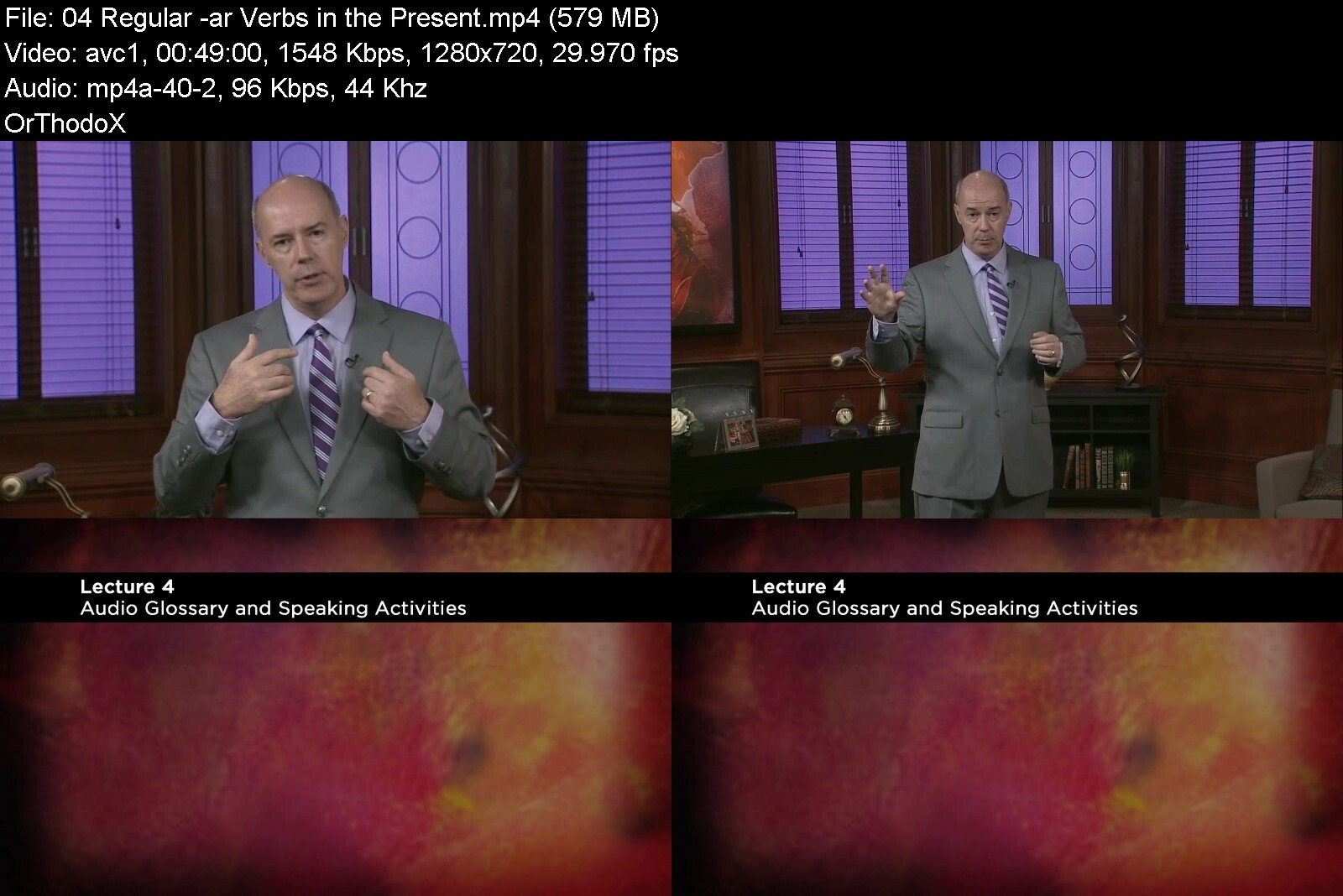
Code:
https://rapidgator.net/file/8d29bd92bcf85f47d1253ae3aadceacb/Learning_Spanish_How_to_Understand_and_Speak_a_New_Language.part1.rar
https://rapidgator.net/file/a05ccb74ec66390d8638dd7f1c14906a/Learning_Spanish_How_to_Understand_and_Speak_a_New_Language.part2.rar
https://rapidgator.net/file/9e85f93eaec804150a25d217a5569179/Learning_Spanish_How_to_Understand_and_Speak_a_New_Language.part3.rar
https://rapidgator.net/file/f4423befdc09592c5bda6a7943e78277/Learning_Spanish_How_to_Understand_and_Speak_a_New_Language.part4.rar
Code:
https://nitroflare.com/view/6DE49A302375420/Learning_Spanish_How_to_Understand_and_Speak_a_New_Language.part1.rar
https://nitroflare.com/view/15CD9E7120B21C8/Learning_Spanish_How_to_Understand_and_Speak_a_New_Language.part2.rar
https://nitroflare.com/view/D50C2D919252A8B/Learning_Spanish_How_to_Understand_and_Speak_a_New_Language.part3.rar
https://nitroflare.com/view/9107DD4C138AB6E/Learning_Spanish_How_to_Understand_and_Speak_a_New_Language.part4.rar

 Our Live Cams
Our Live Cams





 Reply With Quote
Reply With Quote


